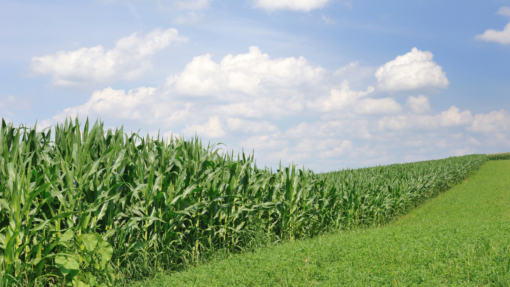During the pandemic, the farm sector’s real concern has not been a decline in demand, but rather supply chain disruptions. Among these potentially disruptive factors was the mobility and availability of foreign contractual workers needed to sustain business operations. In the early days of the pandemic, the government promptly released regulations to ensure that the supply of H-2A workers would not be hampered. Indeed, H-2A labor petition approvals remained high during that time. However, border entry restrictions and strict screening procedures disrupted the flow of worker arrivals. A survey was conducted among farms with approved H-2A petitions in three southern states (Georgia, Florida, and North Carolina) consistently among the top 5 states patronizing the H-2A program in recent years. Results indicate that more than half of the expected H-2A workers were actually 3 to 5 weeks late in arrival. In order to mitigate such conditions, the popular coping strategies employed by farmers include maximizing family labor contributions (62.5 percent), reducing off-farm employment hours (52.9 percent), and adjusting production methods to less labor-intensive alternatives (47.1 percent). Reliance on domestic worker replacements was considered by 30% of the respondents, but this alternative was costly as farmers contend that labor productivity and efficiency differentials between domestic and H-2A workers led to about 52 percent decline in outputs during the interim period.
H-2A Workers’ Actual Arrival Status during 2021 Planting Season, Survey on Georgia, Florida, and North Carolina Farms

Source:
Cowart, W.L., C.L. Escalante, and V. Shonkwiler. “Agribusiness Employers’ Coping Strategies and Business Effects of Pandemic-Induced Delays in H-2A Worker Arrivals.” Outreach Bulletin, Department of Agricultural and Applied Economics, University of Georgia. August 2021. (Project is funded by the Georgia Farm Bureau)
Escalante, Cesar. “Coping with Delayed H-2A Worker Arrivals During the Pandemic.” Southern Ag Today 1(51.3). December 15, 2021. Permalink








